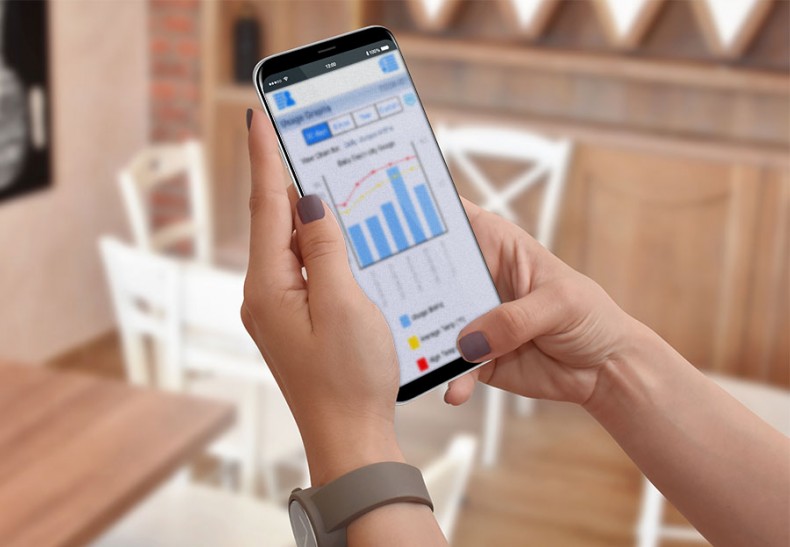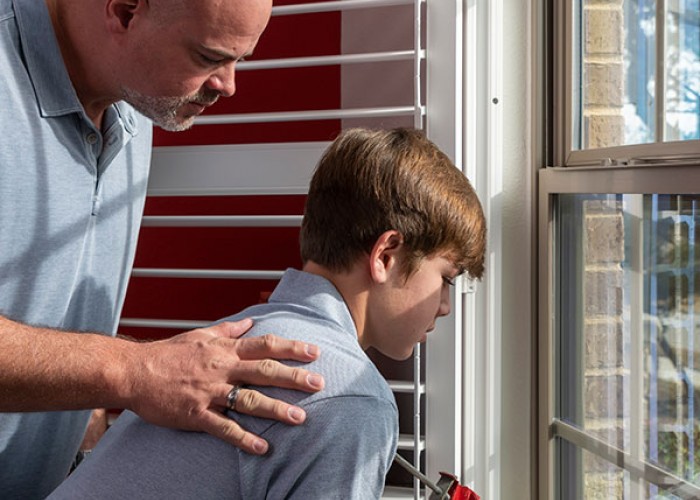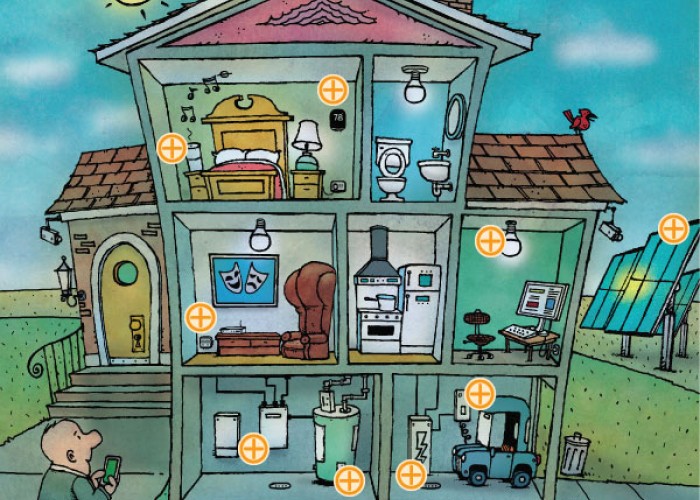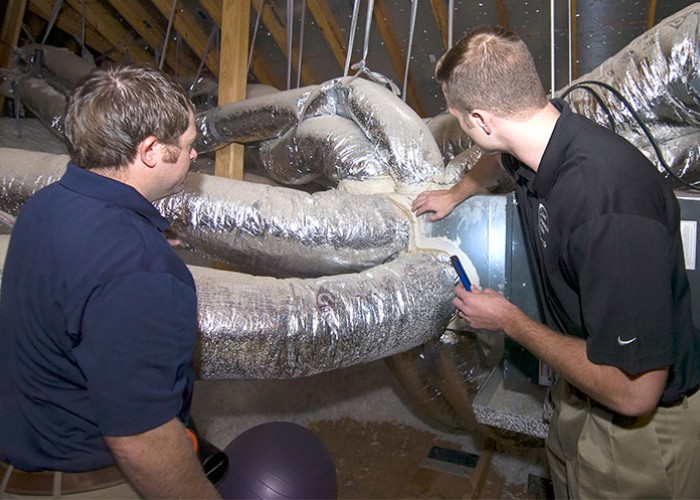Keeping Track of Energy Use at Home
Use data to wrangle unwanted loads
By Jonathan SusserQ: Having additional time at home has made me more aware of just how many devices and appliances use electricity. How can I tell how much energy they’re consuming, and what actually makes up my electric bill each month?
A: It’s great that you want to learn more about how your home uses energy. And as electric co-ops upgrade the power grid and new technologies arrive, it’s becoming easier and easier to do so.
First, what goes into your electric bill each month? As a rough breakdown, the average home spends about 50 percent of its bill on heating and cooling (including water heating). Lighting and your larger appliances (refrigerator, washer and dryer, dishwasher, etc.) each make up about 10–12 percent, and the rest is filled in by the growing number of electronics and other plug-in devices.
Co-op data
You have a few options for tracking the usage in your home. Many co-ops offer apps or web portals that allow you to see how much electricity you are consuming (contact your co-op for information about accessing usage data online). These typically rely on data from a smart meter, which is an advanced electric meter that both records your home’s energy use and transmits it to your co-op.
One benefit of this technology is that it captures fine-grained data unavailable with older meters, enabling you to monitor consumption by month, day or hour. Soon, you may be able to drill down even further and see near real-time changes. So, if you turned on a light or plugged in a fan, that would be reflected a few seconds later in your account.
When exploring your electricity use data, keep an eye out for any days or times that stand out, as these irregularities could indicate an issue. Some co-ops offer their own programs in which they can notify members if something seems atypical about their electricity consumption.
Other options
If you don’t have a smart meter or want a more customized look, there are home electricity/energy monitoring systems.
These are pricier than other solutions and require more advanced setup — you’ll likely need the help of an electrician. They use sensors and other components to connect to your breaker box and can then deliver detailed information online or through an app to help you locate your biggest energy consumers.
If you’re just concerned about particular devices or looking for something simpler, consider smart plugs. These connect to a traditional outlet and can then be used to power a device, which you can control through an app. Certain models allow you to see how much energy that device is consuming. There are also more basic electricity usage monitors that perform similarly and use display screens to show electricity use.
One last thing to be aware of is idle or phantom loads. Many electronics and appliances consume at least some electricity whenever they are plugged in, even if turned off. Although individual devices may not use a ton of energy, when added up across your home, they can cost you more than $150 each year.
To get around these pests, unplug them when not in use or shut off the power strips they are connected to. You can also try smart plugs or a smart power strip, which has outlets that can cut power to electronics that are not running.
About the Author
Jonathan Susser is a writer and editor for Advanced Energy in Raleigh.-
More ways to save energy
-
Share this story:






